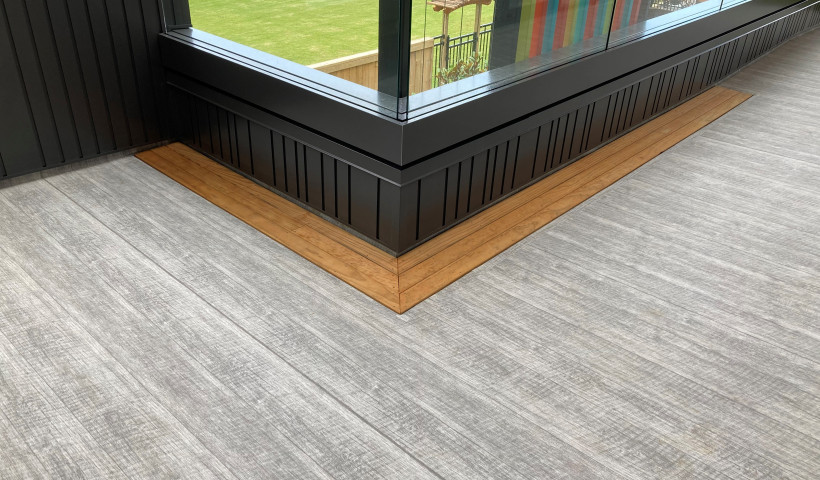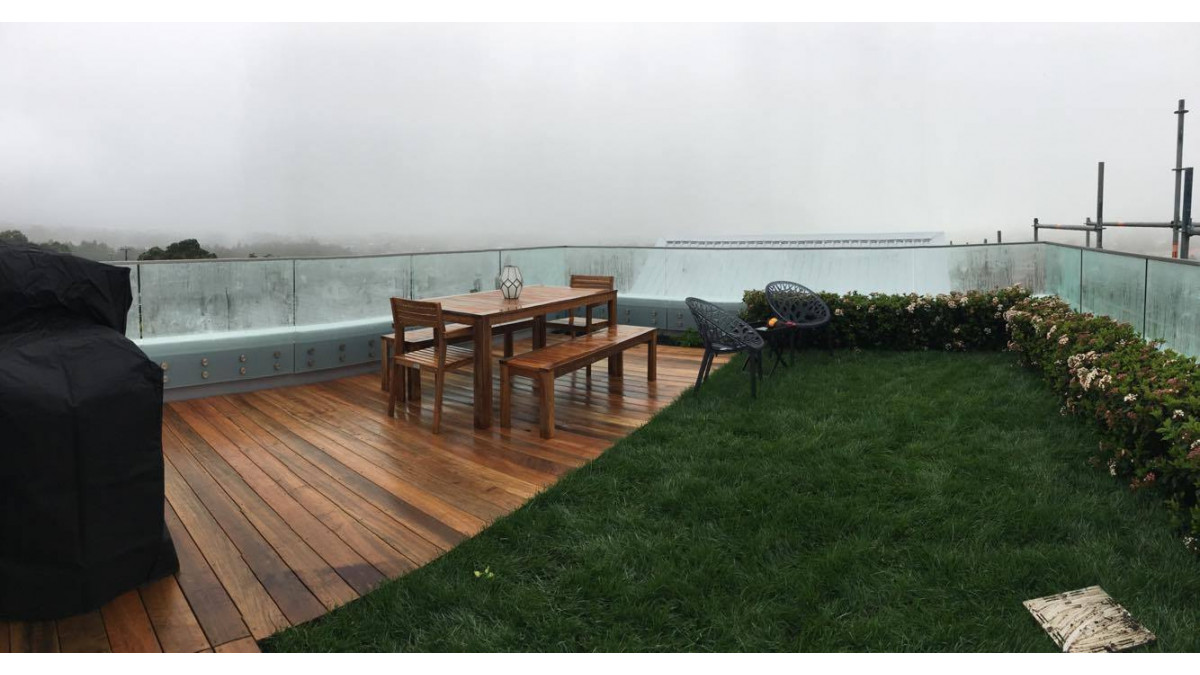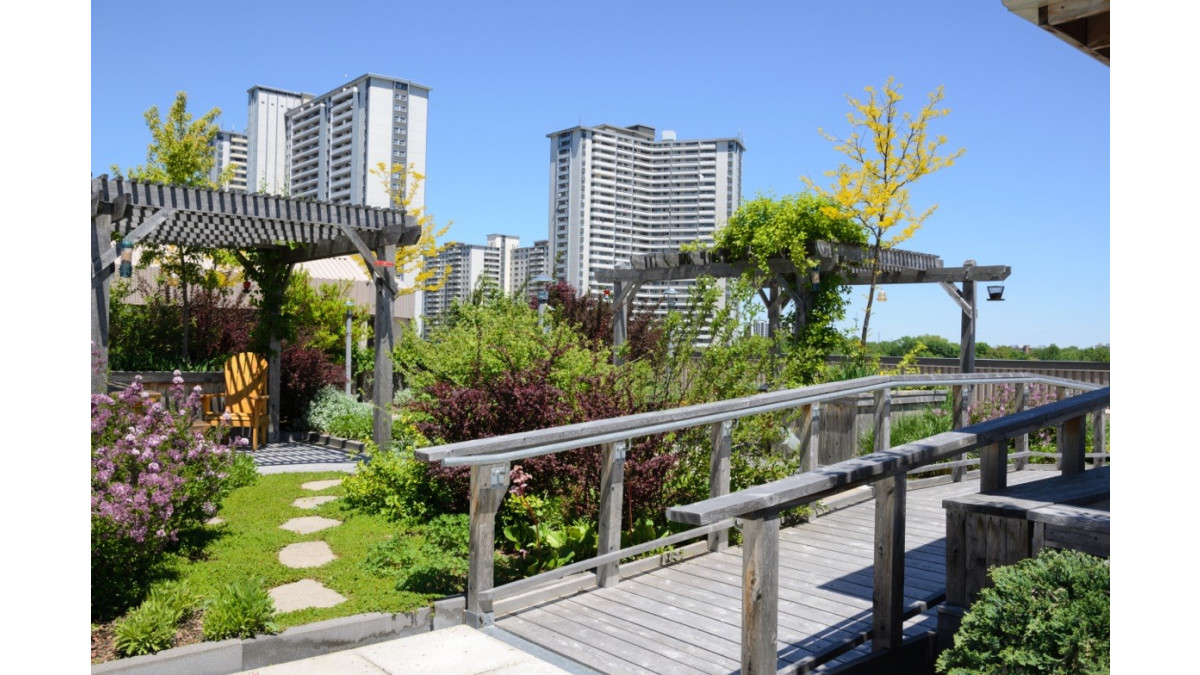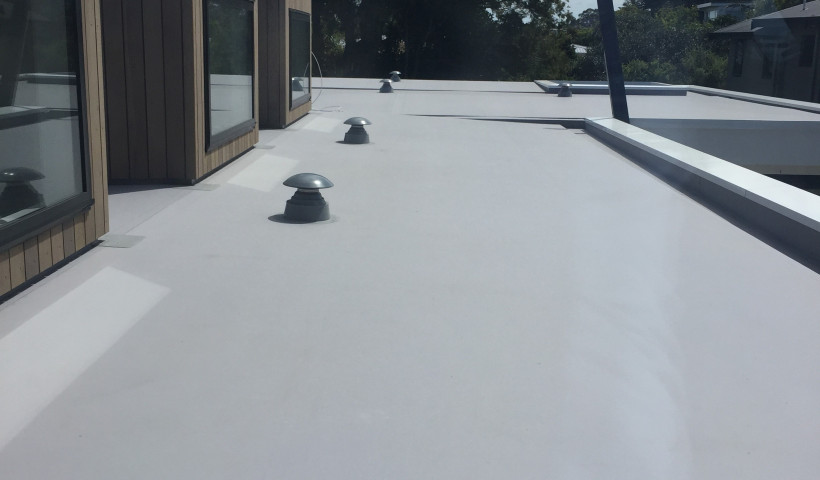
For medium density housing developments, roof gardens provide public spaces for residents to enjoy as a substitute for individual backyards.
When it comes to roof gardens, the first thought is a garden installed on top of the roof. For medium density housing these gardens may not always be located above individual tenancy living spaces. These public spaces are often located above the ground on plaza decks. These tastefully designed plaza decks use gardens for aesthetics, mental health, shade, temperature and stormwater control.
Public space gardens on plaza decks (often located above carparks) can range from designs incorporating simple lawns through to those with significant trees. They may be a series of planter boxes with seating around the perimeter. Whatever the design, they’re all classified as roof gardens (or green roofs) and must be installed to a specialised roof-garden specification.
What makes a successful roof garden in a public space?
Engineering
The substrate must be engineered to manage the load with plenty of contingency; allowing for vegetation growth and for example, a sodden garden that weighs up to 140kg per 100mm of soil depth per square metre.
A proven, certified 'system'
A robust roof garden system comprises of (from the bottom-up): electronic leak detection, a quality waterproofing membrane, a root barrier, drainage board, and a moisture retention layer to keep the soil damp. Aside from the leak detection, components must come from the same manufacturer that: specialises in roof gardens, has had them tested and certified to international (and NZ) standards, has a long record of successful history-in-use, and provides a warranty of substance. The system must also be fit-for-purpose depending on the vegetation to be planted e.g. a lawn will require fewer components than a garden with trees planted.
Appropriate Soil and Vegetation
Normal topsoil will not work in a roof garden situation. It must be high draining with a combination of pumice, perlite and compost. Plant selection is vital. Plants must be able to handle dry conditions and high winds. Many natives, aloes, sedums and some alpine grasses are safe bets.
Maintenance
An electronic leak detection system will allow the integrity of the membrane to be regularly checked; providing peace of mind for years after the garden has been installed. It’s also important that the garden is kept watered either via a watering system or disciplined maintenance staff.
Viking have come across a few roof gardens that have failed from having been incorrectly installed — usually cobbled together with often inappropriate components from various suppliers. They have seen topsoil baked into a hard crust with dead plants, and at the other end of the scale, rancid, smelly quagmires with non-existent drainage. The No. 8 wire mentality is not helpful when it comes to roof gardens, especially for public spaces.
Viking Roofspec are specialists in the specification and supply of their successful, BRANZ appraised roof garden system.
Learn more or contact them by visiting www.vikingroofspec.co.nz













 New Products
New Products




















 Popular Products from Viking Roofspec
Popular Products from Viking Roofspec

 Most Popular
Most Popular


 Popular Blog Posts
Popular Blog Posts
